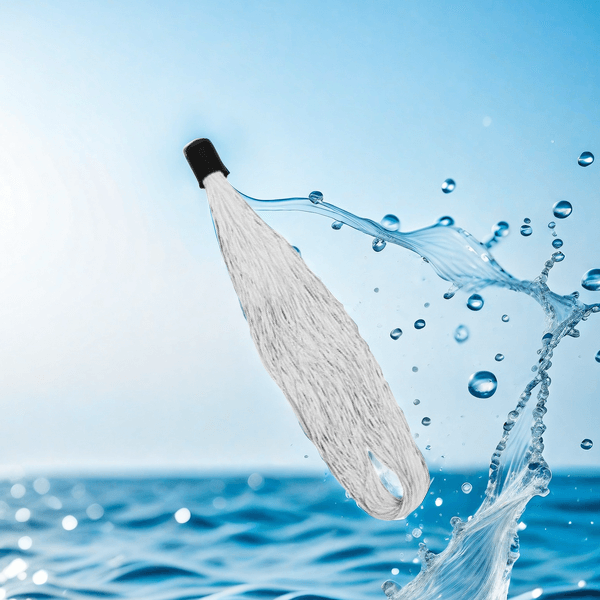Which one has better anti fouling and blocking properties, hollow fiber membrane or tubular membrane?
In membrane separation technology, hollow fiber membranes and tubular membranes are two common types of membranes. They are widely used in various fields such as water treatment, hemodialysis, and gas separation. However, when it comes to anti fouling and blockage performance, there are some differences between the two.
1. Structural characteristics
Hollow fiber membrane: composed of self-supporting membrane filaments, with a relatively small inner diameter, usually less than 3mm. This structure allows the hollow fiber membrane to have a higher specific surface area, but at the same time, it is also more susceptible to clogging by pollutants.
Tubular membrane: Its structural feature is the formation of a filtration layer on the inner surface of the membrane tube, with an inner diameter usually several tens of times that of a hollow fiber membrane. This larger inner diameter and tubular structure give tubular membranes certain advantages in terms of anti fouling and blockage.
2. Anti fouling and blocking performance
Due to the larger inner diameter of the tubular membrane, its anti fouling performance is relatively better when treating wastewater containing a large amount of suspended solids, colloids, or organic matter. A large inner diameter can reduce the risk of membrane blockage, and the tubular design is also easy to clean and maintain, thereby extending the service life of the membrane.
In contrast, hollow fiber membranes are more easily clogged by pollutants due to their smaller inner diameter. Especially when dealing with water sources with poor water quality or high pollutant concentrations, the risk of pollution blockage by hollow fiber membranes will significantly increase.

3. Application fields and adaptability
Due to its excellent anti fouling and blocking performance, tubular membranes perform excellently in treating water sources with high water quality fluctuations and pollutant concentrations, such as landfill leachate and coking wastewater. In addition, tubular membranes can also adapt to higher operating pressures and temperatures, further enhancing their applicability in the field of water treatment.
Hollow fiber membranes are more suitable for scenarios with high water quality requirements and relatively low pollutant concentrations, such as hemodialysis and drinking water purification. Meanwhile, due to its structural characteristics, hollow fiber membranes are also commonly used in fields such as gas separation.
In summary, in terms of anti fouling and blockage performance, tubular membranes have more obvious advantages compared to hollow fiber membranes. This is mainly due to its larger inner diameter and tubular design, which enables the tubular membrane to maintain high flux and stability in treating complex water quality. However, in practical applications, it is necessary to choose the appropriate membrane type based on specific needs and scenarios.
